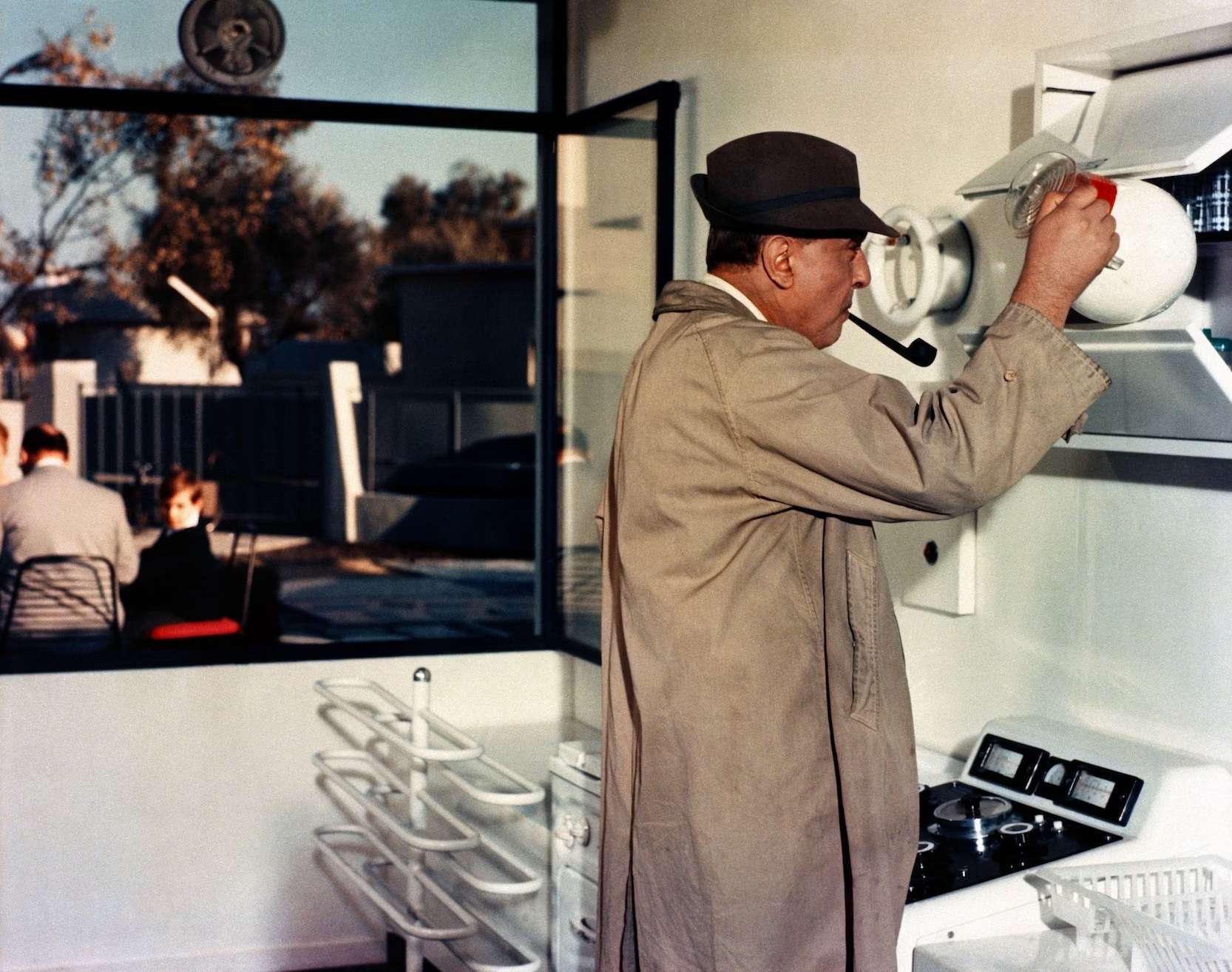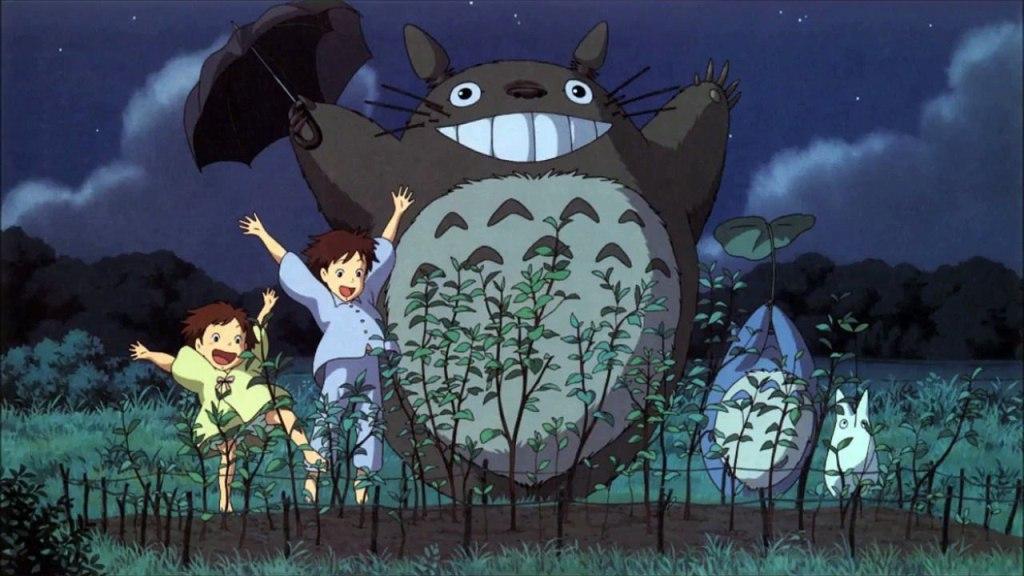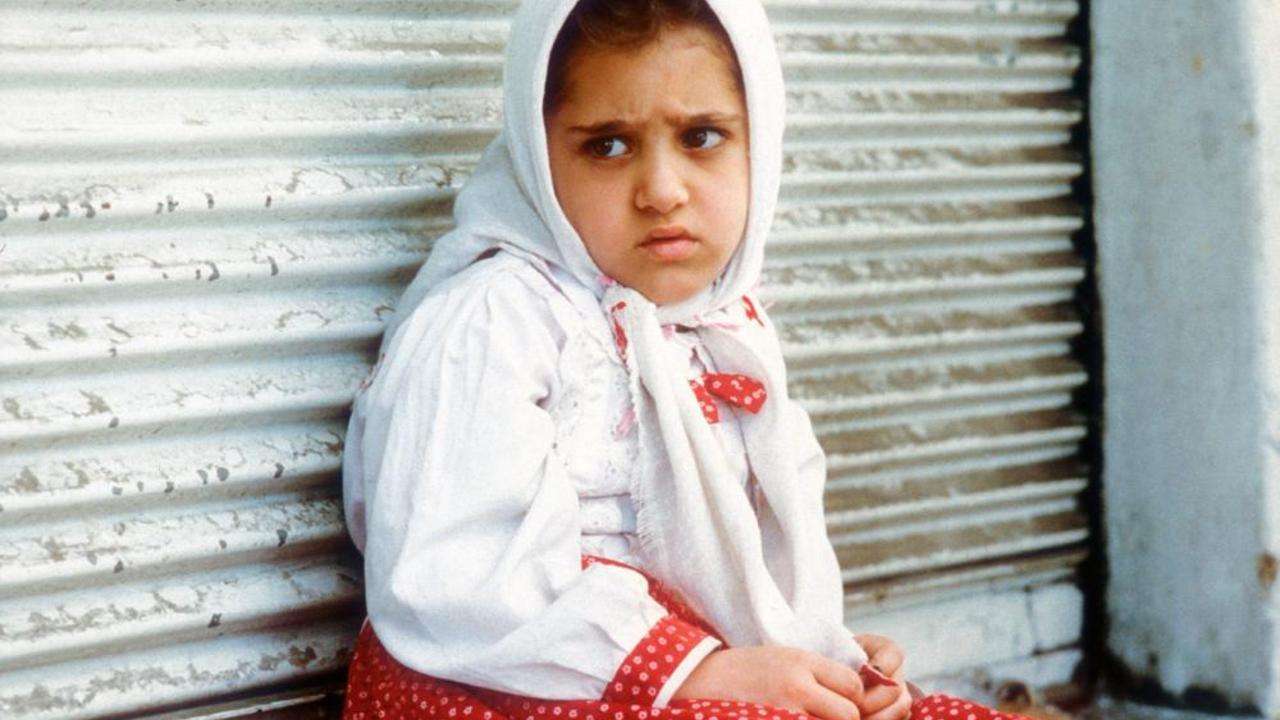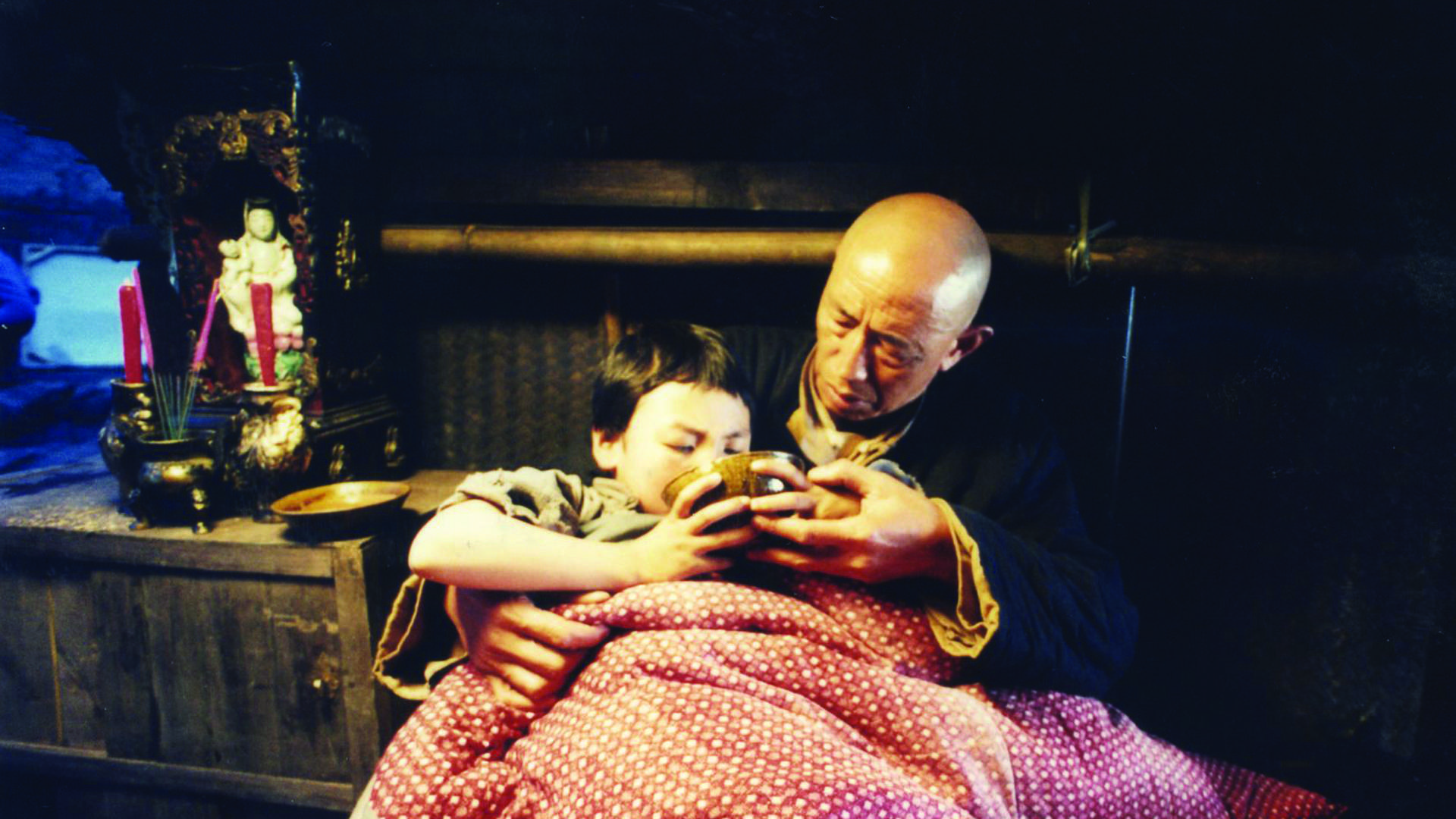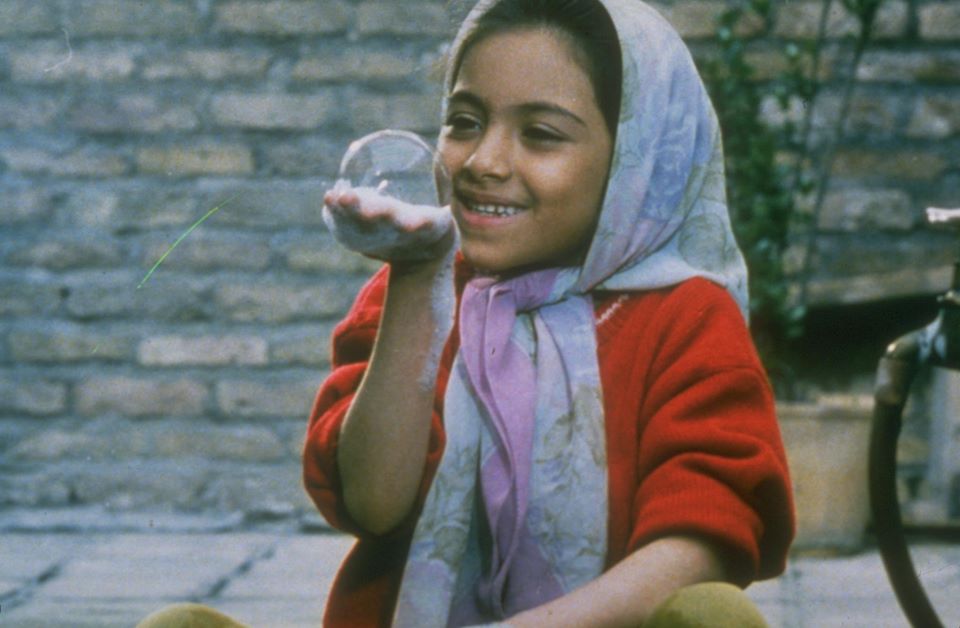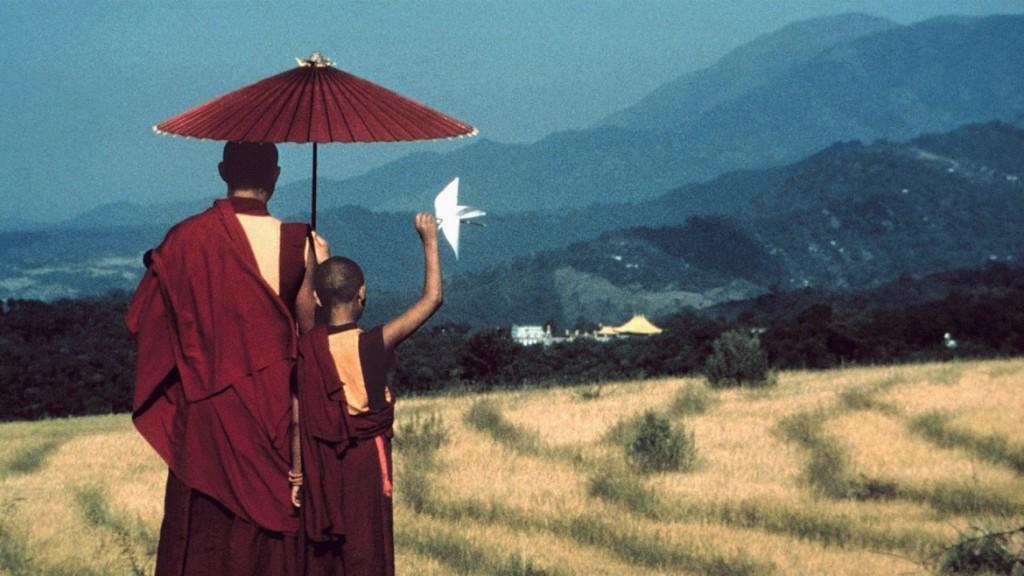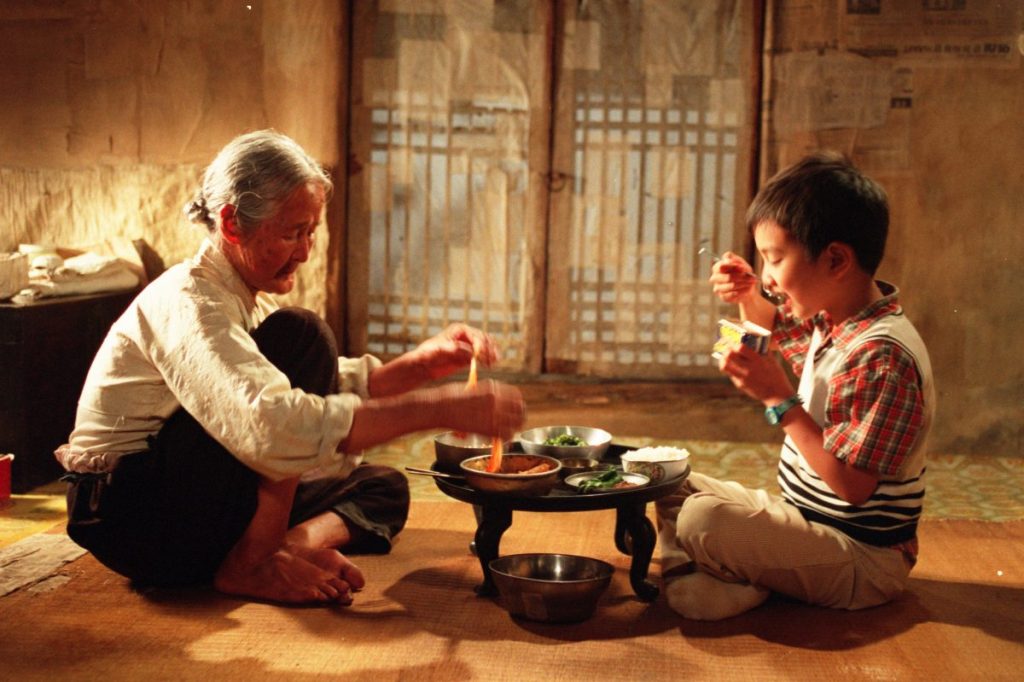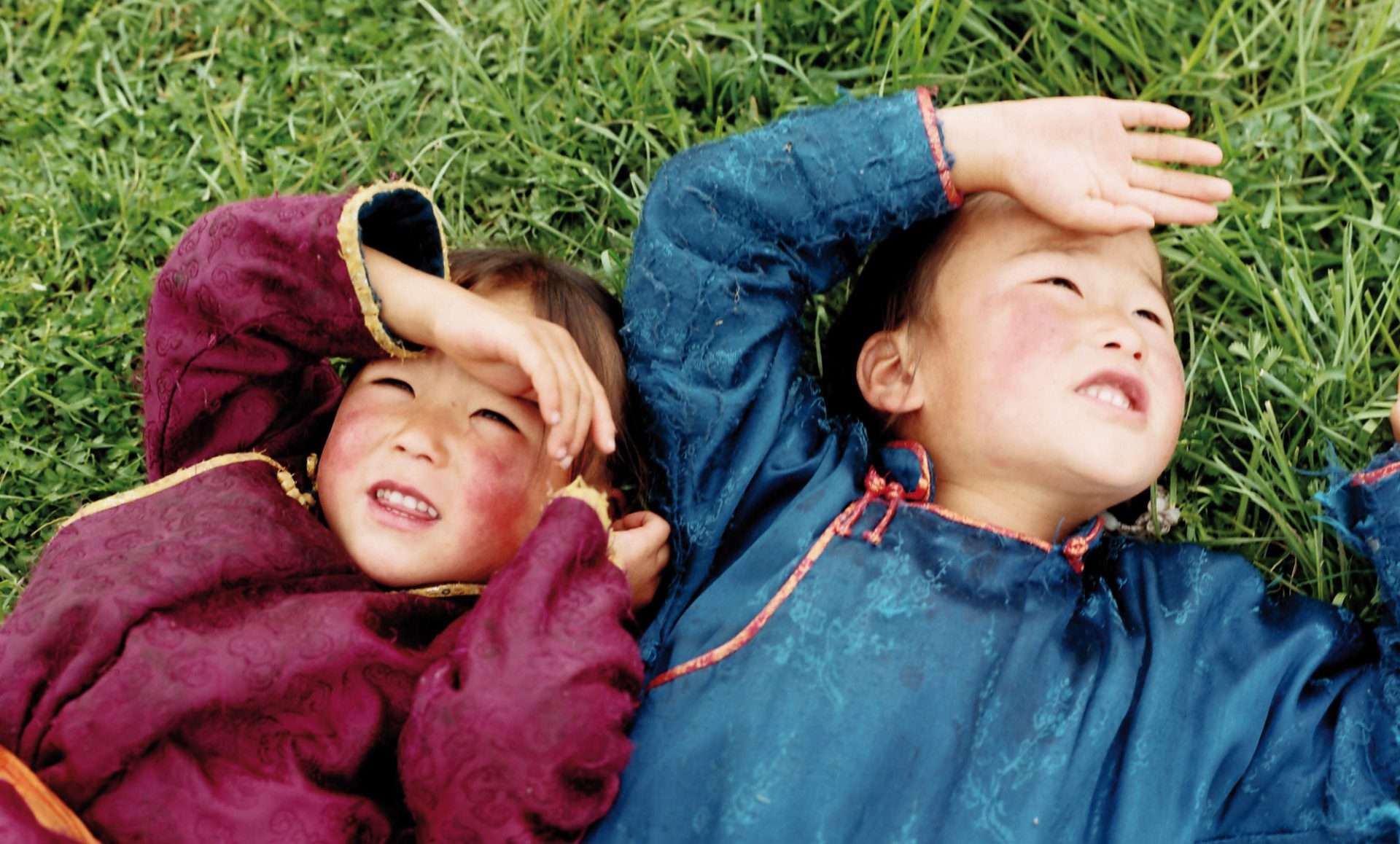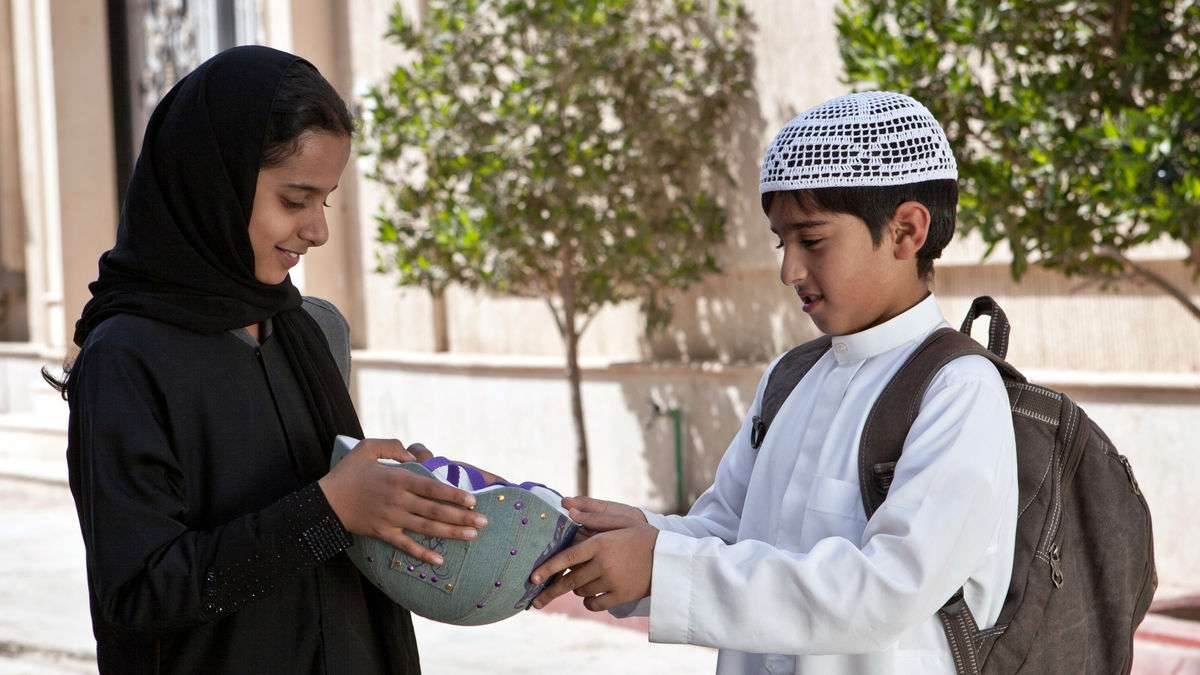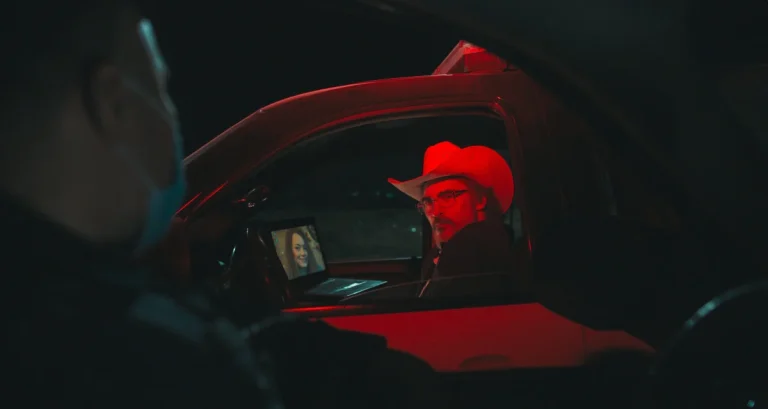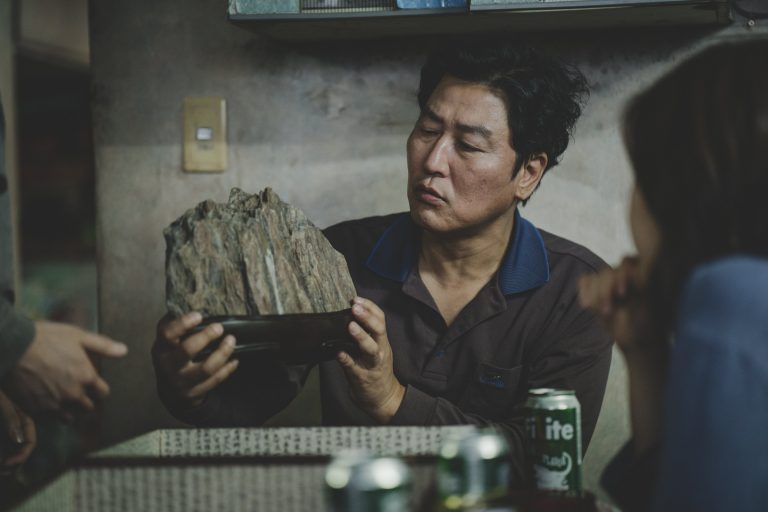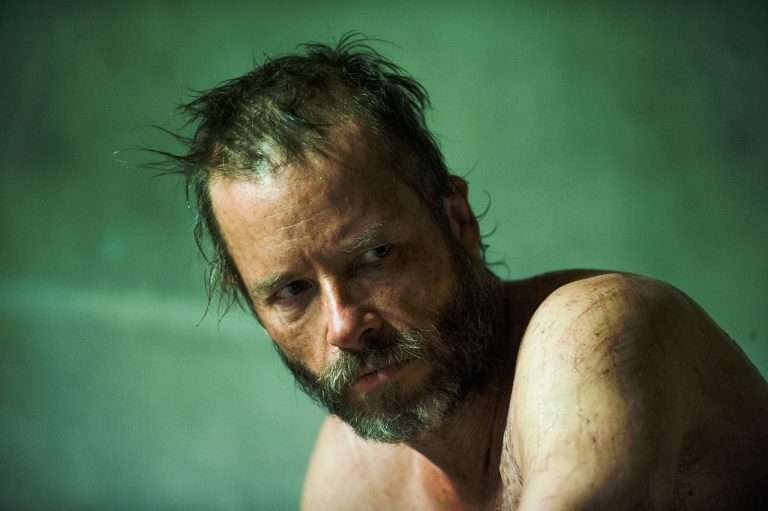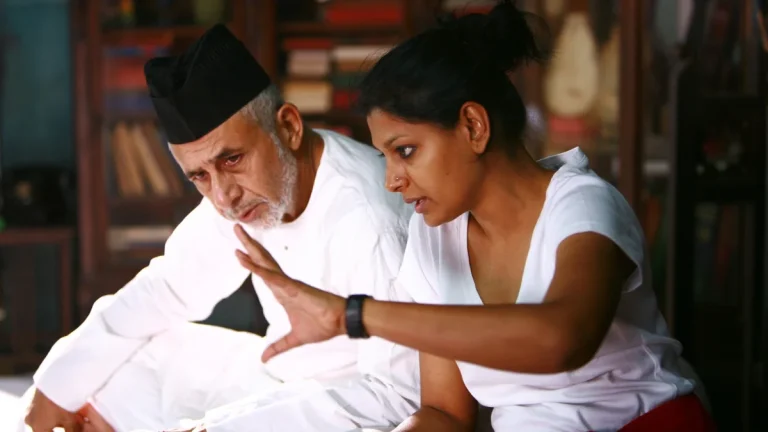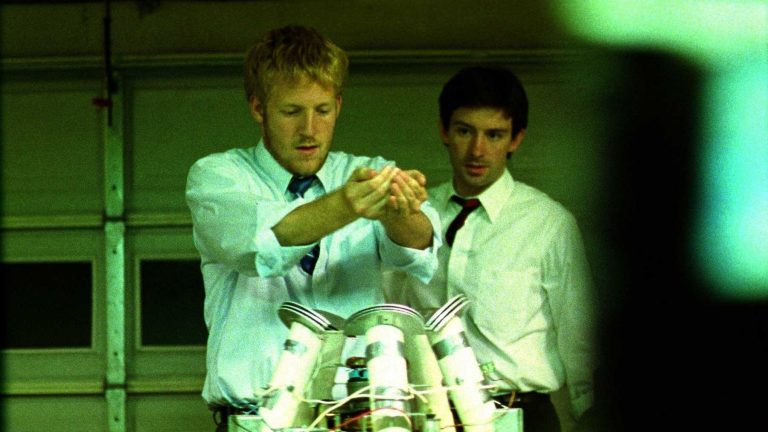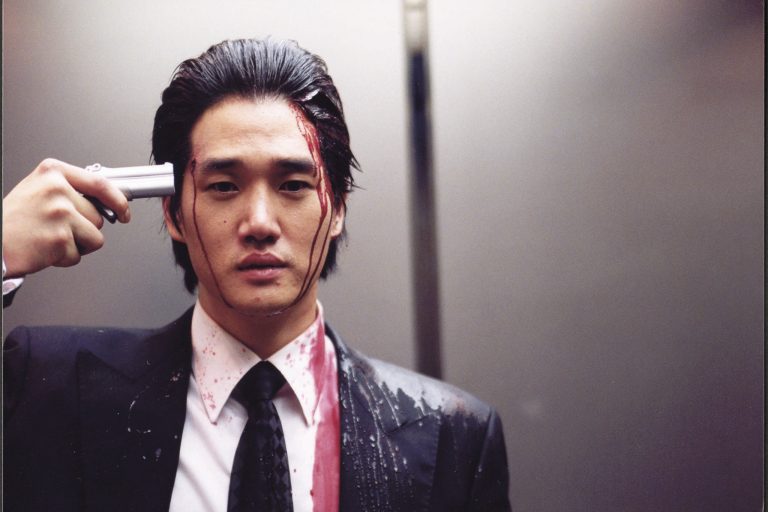“Once you overcome the one-inch tall barrier of subtitles, you will be introduced to so many more amazing films,” said the acclaimed South Korean director Bong Joon-ho. So when it comes to family movies, why limit ourselves to the traditional Disney fares and other nauseatingly popular ones? While there are plenty more shows to stream, why not nudge our family members, if they are undaunted by subtitles, to open themselves to new worlds and cultures? The intention of this list is to invite your family for a virtual cross-cultural journey, to take them on an emotional rollercoaster, and to show how movies can be truly entertaining without often being overly melodramatic. As for the criteria for the line-up of these beautifully crafted films, I’d have to say that the choices are intensely subjective.
1. The Red Balloon (1956)
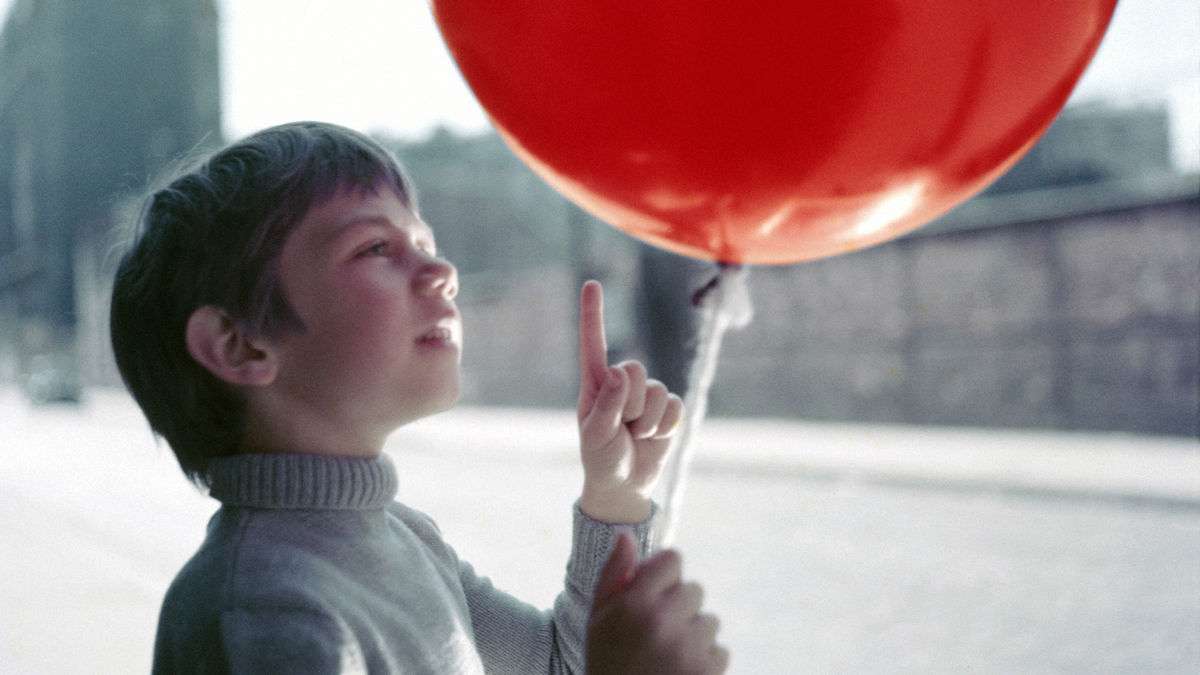
Albert Lamorisse’s almost wordless 36-minute fun exercise for the family is aimed at children and the inner child within us. Winner of the short film Palme d’Or, the beautiful fable revolves around Pascal, a wee Parisian grade-schooler (Pascal Lamorisse—Albert’s son) who frees a balloon that he finds tied to a lamppost. The red balloon filled with gratitude follows him around. Lamorisse’s expertly shot (in Technicolor) whimsical tale unfolds in Paris’s slanting alleyways and maze-like blue-grey surroundings.
Related to World Cinema Family Movies: 25 Feel-Good Movies and where to Watch them during self-quarantine
The Red Balloon (Le Ballon Rouge) is a distinct artistic expression of a lonely childhood in a world that punctures dreams. Its slender subtext, however, is gracefully packaged with increasingly delightful visuals, courtesy of Lamorisse’s boundless imagination.
Where to Watch:
2. Mon Oncle (1958)
Jacques Tati is one of the most painstakingly meticulous cine artists who made only five feature films between 1949 and 1971. All these works are treasures for cinephiles in one way or another. Like Chaplin’s Tramp and Keaton’s The Great Stone Face, Tati’s Monsieur Hulot is a misfit freely moving through the chaotic modern world. Mon Oncle (aka My Uncle) is his most accessible feature, where the tall, bumbling, and pipe-smoking Monsieur Hulot visits his beloved young nephew (Alain Becourt) living in a geometric, sterile, and oppressively bourgeois Parisian neighborhood.
Related to World Cinema Family Movies: Cinema and the Art of Life
Hulot’s delightfully slapstick observation of his upwardly mobile sister and her husband is a joy to behold. Hulot wants to take away his boisterous nephew for a little adventure around the city. Mon Oncle employs the slapstick comedy form to captivatingly observe the quirks and eccentricities of the moneyed class.
Where to Watch:
3. My Neighbor Totoro (1988)
Even live-action movies couldn’t perfectly present children’s behavior and their psychology as Hayao Miyazaki does with his sublimely animated family drama. Two kids, Mei and Satsuki, move to the countryside with their father to be closer to their sick mother, who is in a hospital. This heartwarming storyline of two little sisters yearning for their mother’s love is brilliantly embellished with a fantasy tale involving a mysterious, genial forest spirit – the giant, cute, and bunny-esque Totoro.
Similar to World Cinema Family Movies: All Studio Ghibli Movies Ranked
There are layers of grief to this tale of innocent sisters, but it chooses to be a restrained dramedy, reminding us of the imaginative adventures we had in our childhood to distract ourselves from the painful reality. Moreover, I’d recommend Miyazaki’s movies (and a few other Studio Ghibli movies) to kids overdosing on Pixar films for the simple reason that it enriches souls. Totoro even teaches children about the wonder of growing plants (how many kid-friendly features do that, huh?). Joe Hisaishi’s extraordinary soundtrack elevates the movie’s grace and magic to greater levels. My Neighbor Totoro not only reminds me of my childhood but also makes me embrace the inner child within my world-weary self.
Where to Watch:
4. The White Balloon (1995)
Written by Abbas Kiarostami, the master of Iranian New Wave cinema, and directed by the most censored and punished Iranian filmmaker, Jafar Panahi, The White Balloon unfolds from the vantage point of an adorable and determined 7-year-old girl, Razieh (Aida Mohammadkhani). Razieh wants to buy a goldfish for Eid, a fat one with better fins, unlike the skinny ones she already has at home. She cajoles her mother for money, but the girl accidentally loses it.
Related to World Cinema Family Movies: The 10 Best Iranian Movies Post Iranian Revolution (the 1990s)
The White Balloon is a subtly dramatized child’s view of a kaleidoscopic society. The child’s tenacity and warmth make us believe in her quest as she approaches strangers (she’s supposed not to talk to them!) to retrieve the money stuck beneath a small iron grate. Familiar surroundings and familiar people populate Panahi’s White Balloon, but the unique perspective makes it one of the most endearing family movies.
Where to Watch:
5. The King of Masks (1996)
From a critical point of view, manipulative melodramas might be seen as an ineffective way of truly addressing a subject or theme whose sole existence is to provide (false) emotional catharsis for the viewer. But, few melodramas could work their way in genuinely melting our hearts (adorned with an authentic cultural backdrop and mesmerizing performances). Wu Tian-Ming’s The King of Masks is one such graceful story that transcends its inherent cutesiness. Set in the Siachen Province during the 1930s, amid the Great Depression, the film revolves around a 7-year-old girl (Zhou Ren-Ying) looking for love and a home.
Related to Uplifting World Cinema: 20 Great Drama Movies From Around The World
A dirt-poor farmer sells a girl-child disguised as a boy to a street performer Master Wang (Zhu Xu), who wants to teach his arts to an heir. He lives in a small riverboat, which he uses to travel to little towns situated along river banks to perform. The King of Masks offers a heart-breaking and yet life-affirming movie experience. It’s intriguing to learn that the child actor chosen to play the central character was abandoned by her parents at the age of 3 and was sold to an acrobatic troupe (who also supposedly reunited with her family after the film’s release).
Where to Watch:
6. Children of Heaven (1997)
For many of us, Majid Majidi’s Children of Heaven was the window that introduced us to the wonderful world of Iranian cinema. It’s a deceptively simple tale of 9-year-old Ali and his 7-year-old sister Zahra and the little adventures they have over a lost pair of shoes. Vittorio De Sica’s Bicycle Thieves (1948) committed to screening the tale of real flesh-and-blood people, who try to cope with the financial difficulties in their day-to-day existence. The Iranian New Wave, which was influenced by Italian neo-realism, put the child characters at the front to effectively deliver potent criticisms of Iranian society (while also presenting universal messages on the human condition).
Similar to Family Movies: Shoeshine (1946): De Sica’s Somber Classic on Social Systems of Prejudice and Oppression
Children of Heaven might be a family drama infused with sweetness and charming performances. But there’s no sense of falseness or contrivance we often encounter in Hollywood movies. The lyricism captured, and innocence symbolized through a glimpse of shiny soap bubbles can’t be recreated despite all the technological wizardry. Miracles don’t happen, and children have to work hard to try and achieve what they desire. Often, they don’t achieve the target despite the greater effort taken. The plastic worlds of mainstream cinema are no match for the uncomplicated pleasures derived from Iranian cinema.
Where to Watch:
7. The Cup (1999)
The Cup (Phorpa) is an amusing popcorn entertainment feature and yet remains idiosyncratic due to the innate charm that’s attached to the scenario. Written and directed by Khyentse Norbu, a lama who worked in the production of Bernardo Bertolucci’s Little Buddha (1993), The Cup happens to be the first feature film from Bhutan. The story is set in a Tibetan monastery in exile in the foothills of the Himalayas. The soccer World Cup being played in France preoccupies the young monk’s mind apart from religion.
The final happens to be between France and Brazil. The young monks support France because the nation has acknowledged the Tibetan cause. But it’s not easy to persuade the authoritarian older monks to break the rules and watch the game. Even with permission, how can the monks raise money for television, buy it, and bring it back to the monastery? It’s not often you’d come across a spiritual comedy set in a Buddhist monastery. What it lacks in terms of dramatic punch lines makes up through an abundance of charm.
Related to Uplifting World Cinema Family Movies: Balloon (Qiqiu) (2019) Review: A Love Letter To Tibet And Her Women
Critic Roger Ebert, in his concise review of the film, writes, “I learned that in addition to being a lama and a director, he [Norbu] is also considered to be the incarnation of the 19th-century saint Jamyang Khyentse Wangpo. And I thought: of course. So many sinners have directed films that it is only fair for a saint to have a chance.”
Where to Watch:
8. The Way Home (2002)
Lee Jeong-hyang’s deeply touching family drama, ‘dedicated to grandmothers everywhere’, revolves around seven-year-old, city-bred Sang-Woo (Yoo Seung-Ho), who is left under the care of his mute septuagenarian grandmother (Kim Eul-Boon), living in a tiny, mountain village by his job-hunting mother. The old woman can’t buy him batteries for his handheld video games. When the boy demands Kentucky Fried Chicken, the grandma walks down the hilly terrain to buy a live chicken and offers a homemade boiled version. He hates the haircut she provides. Yet, over time, he understands her love even in the smallest of gestures.
Similar to Uplifting World Cinema: The 40 Best South Korean Movies of the 21st Century
The Way Home is about innocence and unconditional love, both we may have lost while navigating through the tougher terrains of life. Nevertheless, it takes us back to those good times when life was simple and beautiful, when the soothing caress one receives from his/her grandma’s gnarled hands bestowed greater peace.
Where to Watch:
9. The Cave of The Yellow Dog (2005)
In The Cave of the Yellow Dog, Mongolian filmmaker Byambasuren Davaa has captured a way of life that’s slowly disappearing. It’s an ethnographic cinema and a docu-fiction that revolves around a real grassland nomadic Mongol family, acting out a mildly dramatic scenario. The eldest child of the family, Nansal Batchuluun (8 or 9 years old) spots a stray dog near the pasture, where her family’s sheep graze. She names him ‘Zochor’ and takes him to her home. But, Nansal’s dad asks her to get rid of it, fearing that it is a feral dog, which might attract wolves and subsequently attack their sheep herd.
Also Read: 10 Must-See Unconventional Dog Movies
Yellow Dog observes a natural-friendly, self-sustaining life without exoticizing their lives. It’s full of long, uncluttered shots showcasing tranquil grassland life. The unscripted, unstaged scenes involving the three girl-children plus the mom and dad’s domestic routines are fascinating to watch. It demands some patience but offers, in return, essential, timeless truths about the human condition.
Where to Watch:
10. Wadjda (2012)
Haifaa Al Mansour’s Wadjda was the first Saudi Arabian feature film to be directed by a woman and the first movie to be entirely shot within the oil kingdom. Of course, this prominent trivia only adds to our viewing experience rather than forcing us to like it. Through a kid’s quest for material, filmmakers have fittingly addressed the social constraints. In Wadjda, a pre-teen girl’s desire to ride a bicycle offers a glimpse into the everyday reality of a woman in Saudi Arabia.
Also Read: 10 Fascinating Child/Teen Prodigy Movies
Whenever the filmmaker shot exterior scenes, she had to stay inside a van with a walkie-talkie and look into a monitor (since women can’t be publicly seen working alongside men in Saudi Arabia). But despite such frustrating film-making experiences, Haifaa’s feature is a witty and acute family drama that questions the severely restrictive gender norms.


